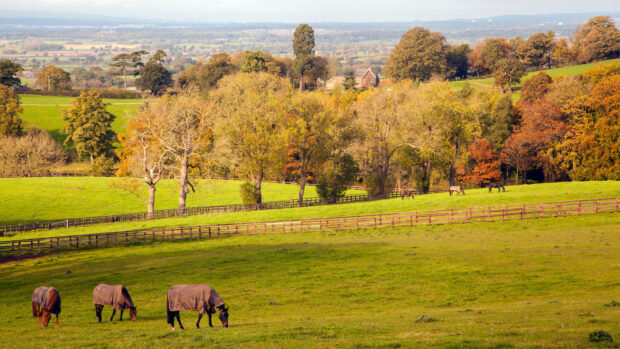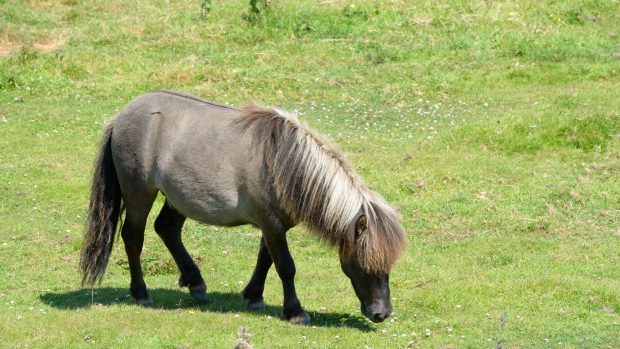Spring is the traditional time for horse owners to be extra vigilant about laminitis, but new figures have reinforced the fact that the crippling disease occurs all year round.
The latest claims’ statistics from Petplan Equine show £370,000 was paid out for laminitis last year — with the highest number of claims received in August 2014.
Each claim averaged around £1,000 and Petplan added that laminitis is always in the top three of its most common claims.
“Laminitis is the most common and painful debilitating condition affecting horses and ponies in the UK,” said Petplan Equine’s veterinary expert Gil Riley.
“Monitor your animal’s diet and condition regularly.
“Use a weigh tape, take pictures for records on your mobile phone. Condition score on a fortnightly basis paying particular attention to the fat laid down around the crest of the neck.”
Signs of laminitis include lameness, heat and increased digital pulses in the affected feet. Managing horses’ exercise and diet regimes to maintain a healthy weight are the best preventative measures.
H&H vet Karen Coumbe said: “Although spring is notorious for being a high risk season for laminitis, it is worth noting that these insurers received the most claims in August, so in short, be wary and watchful all year round.”
Malcolm Morley, vet at Stable Close Equine Practice added: “We see laminitis all year round and it’s so important to understand that green grass is not the only cause. So often there is an underlying medical disease that triggers the problem such as Cushings or metabolic syndrome.”
Ref: Horse & Hound; 16 April 2015



